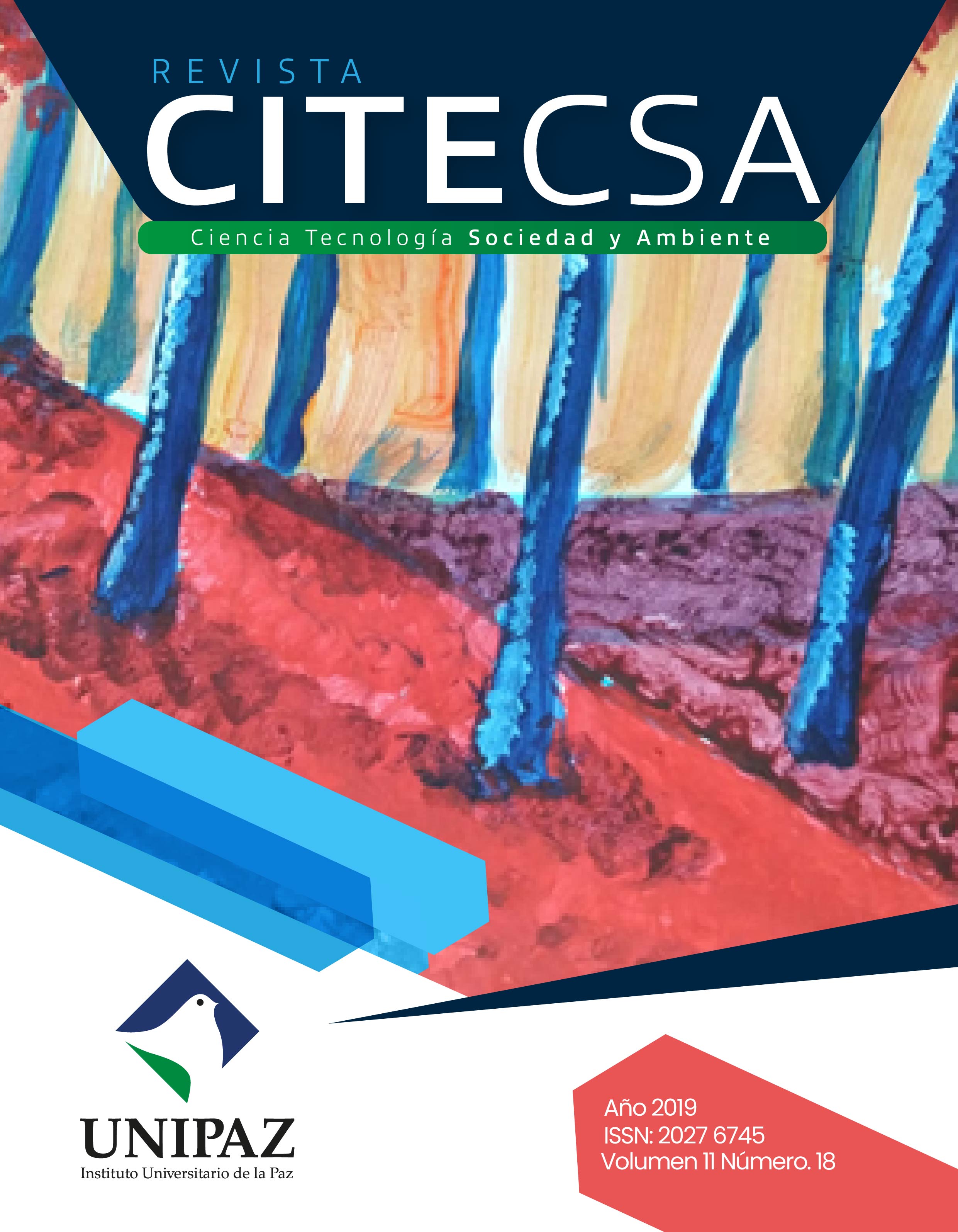Tratamiento de aguas residuales in vitro por medio de la microalga Chlorella sp. en el municipio de Barrancabermeja, Colombia
Abstract
The increasing pollution of water bodies by domestic sewage discharge has caused an involvement in water quality, evidenced by increased concentrations of nitrates (NO3 - ) and phosphates (PO4 -3 ). The aim of this study was to determine the effect of the culture of Chlorella sp. as a method of in vitro wastewater treatment for the removal of these contaminants. The isolation of the microalgae were carried out followed by scaling and obtaining a monoalgal culture. Two treatments for bioassay composed of 100% domestic wastewater (T1) and another 75% wastewater and 25% purified water (T2) and a control with foliate fertilizer. The bioassay started with an inoculum of 1x106 cells / ml in a volume of 1.5L culture. The higher cell densities reached in wastewater treatments (p>0.05) with no significant differences between. At endpoint the nitrate removal was 64.6% in the control, followed by T1 and T2 with 50.1% and 49.8%, respectively. With regard to the removal of phosphates, an efficiency of 65.7% was obtained in controlling, while T1 and T2 reached higher removals 87.0% and 83.8% respectively between the days of 1 and 4. According to the above, it is concluded that Chlorella sp. can be used as wastewater treatment because of its adaptability and efficiency in nitrate and phosphate removal.
Downloads
Published
How to Cite
Issue
Section
License

Este obra está bajo una licencia de Creative Commons Reconocimiento-NoComercial-CompartirIgual 3.0 Unported.

